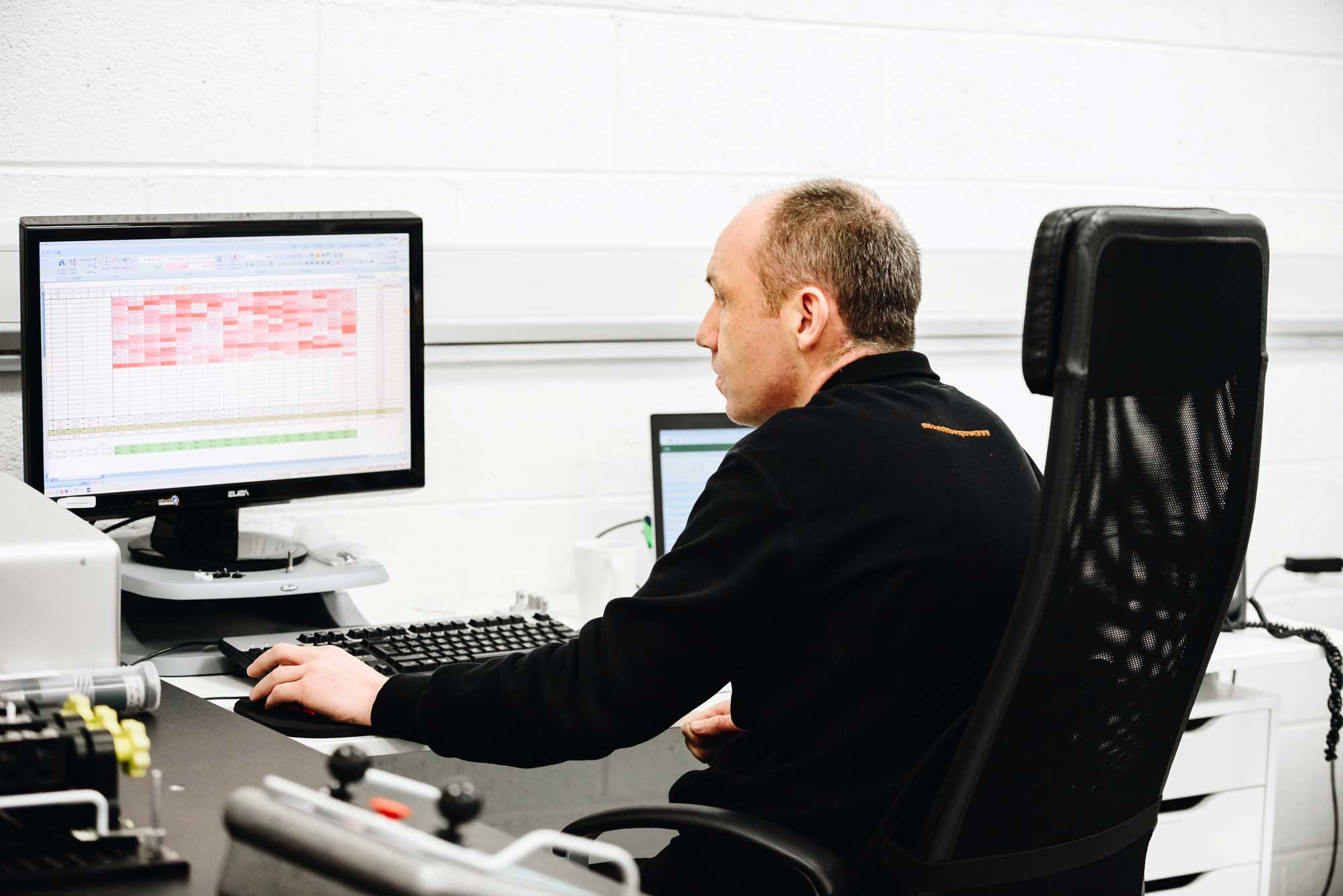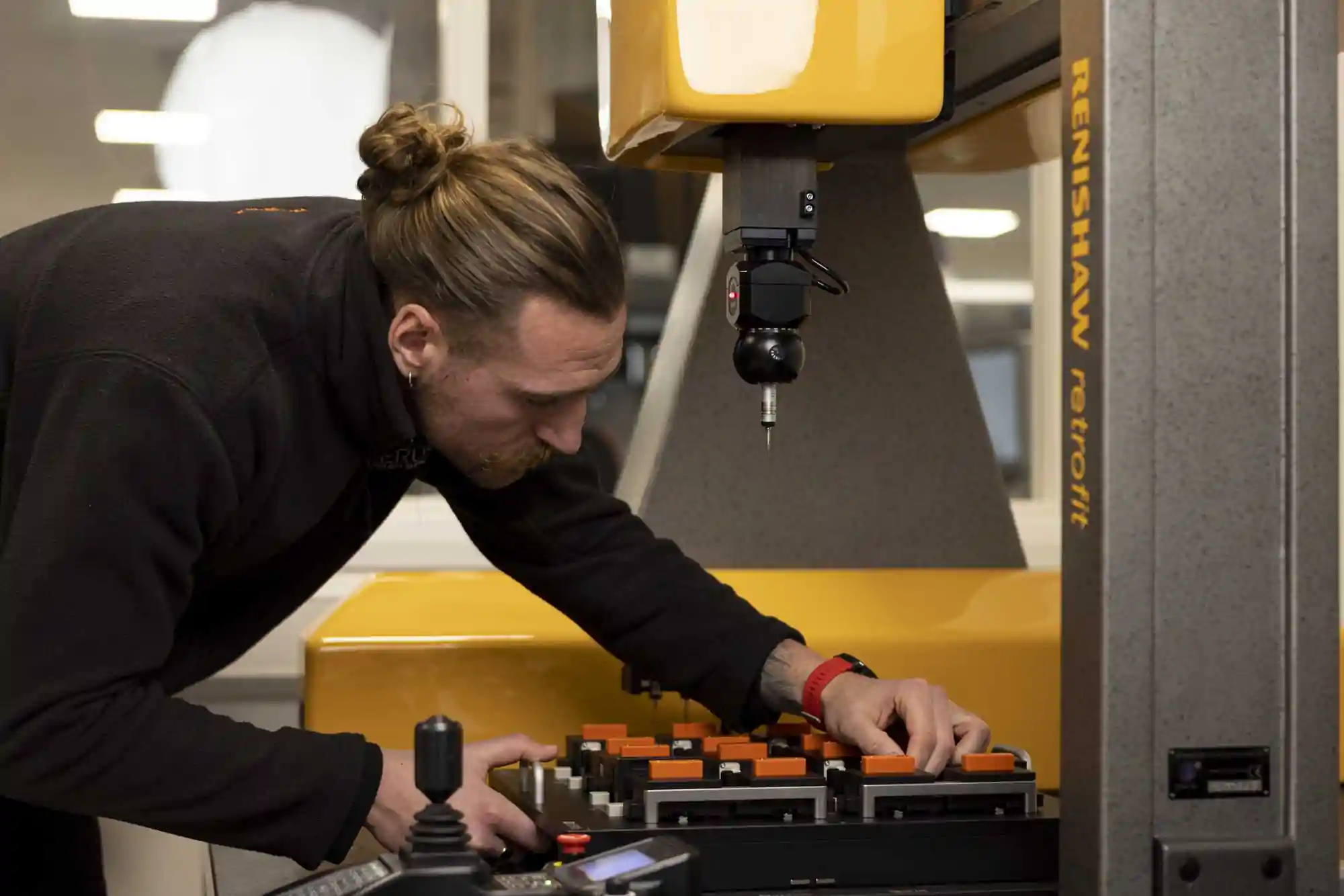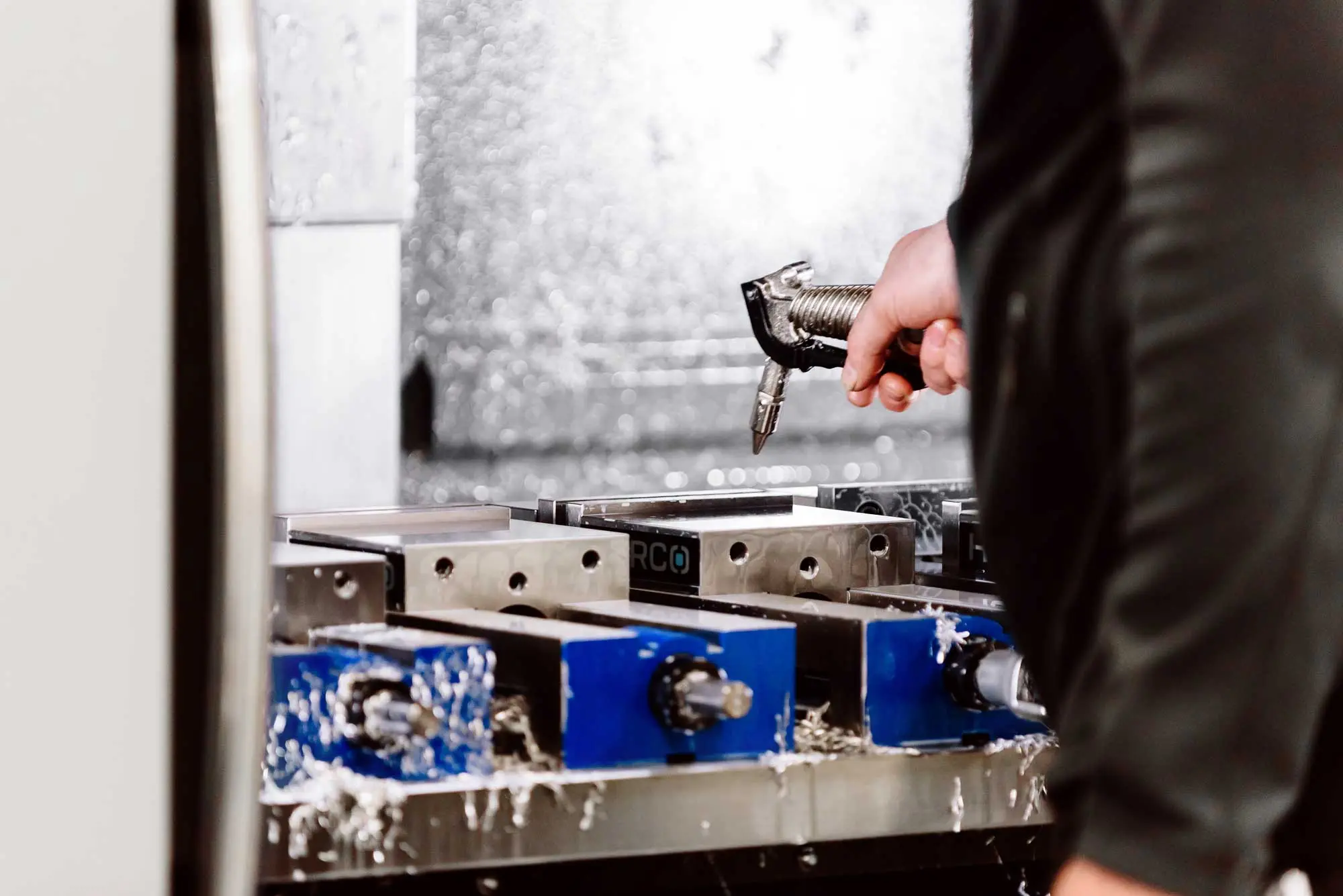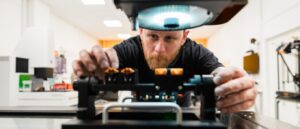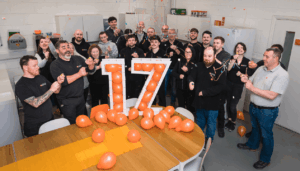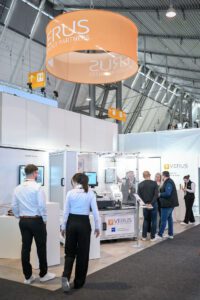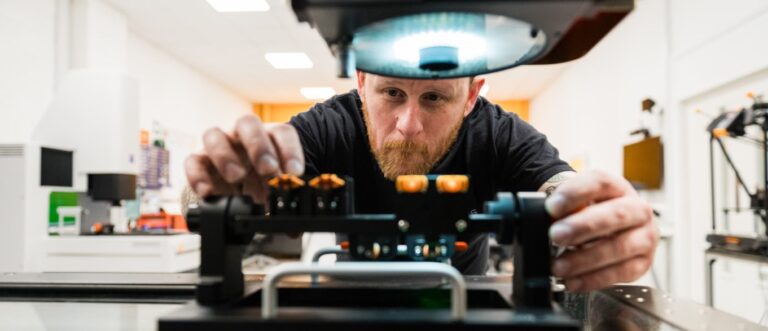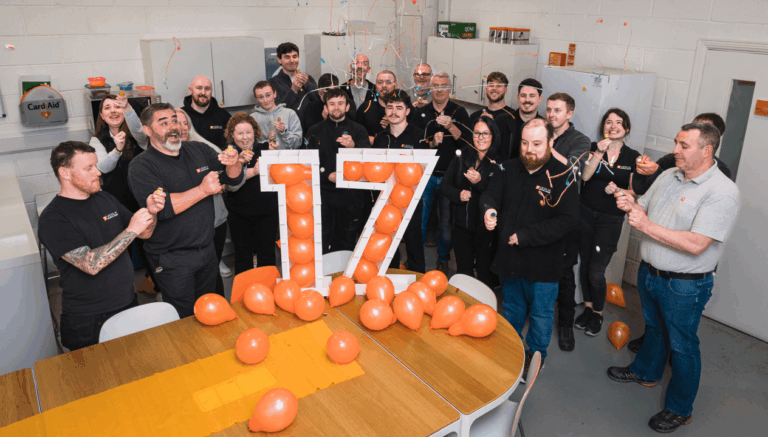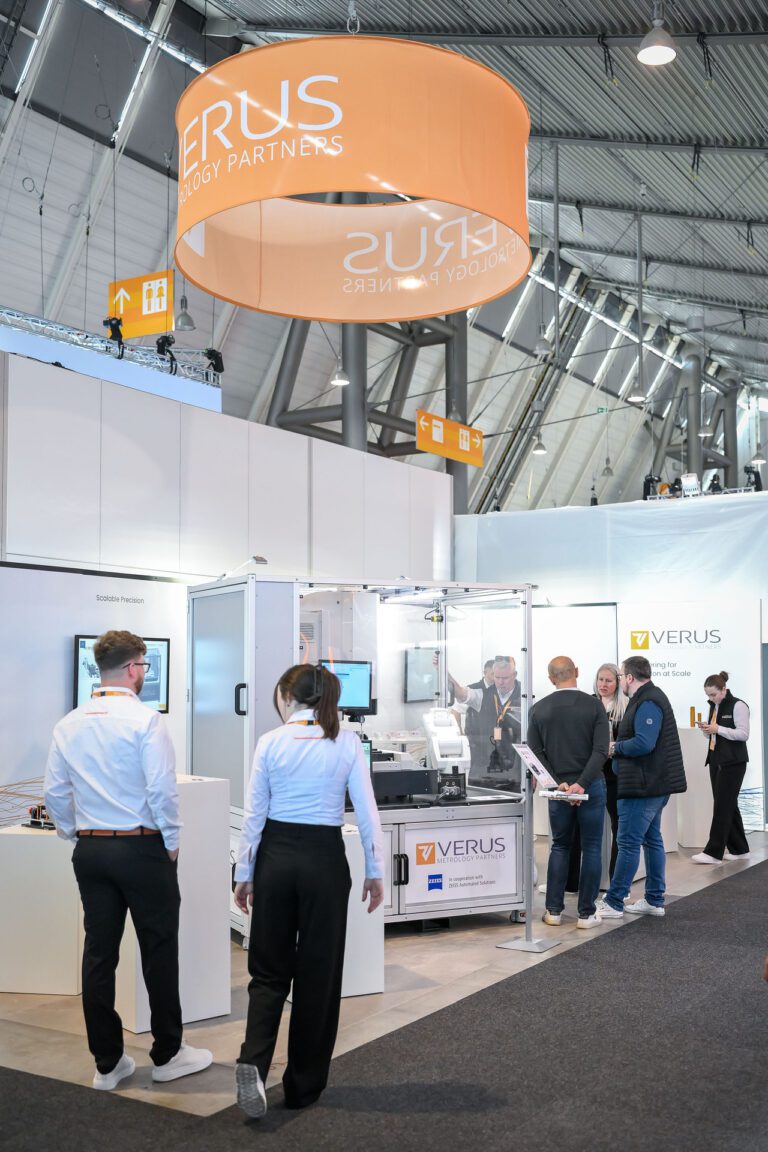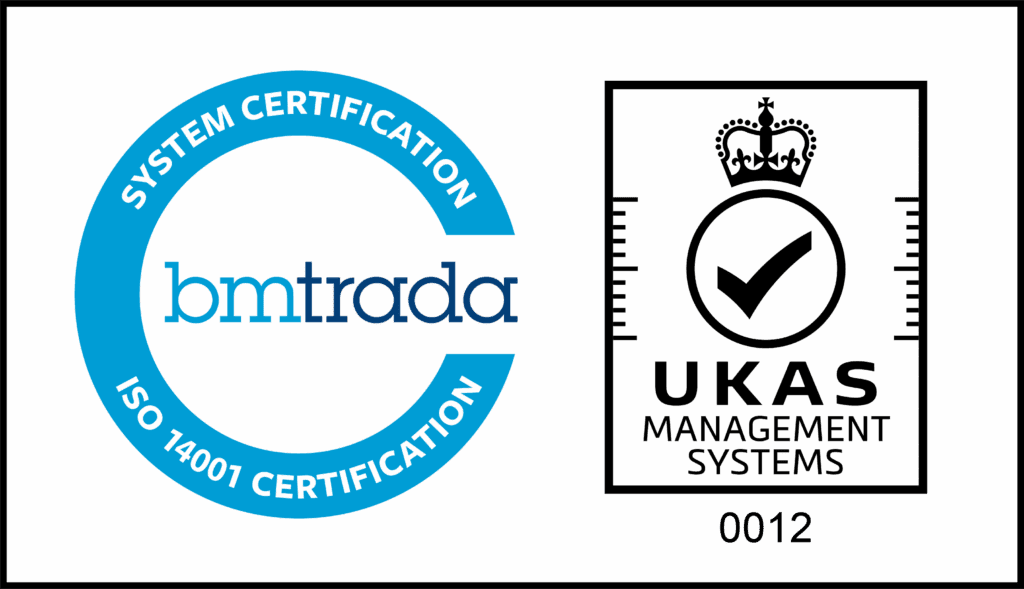In precision-critical industries such as MedTech, aerospace, and pharmaceuticals, the stakes for accuracy and compliance cannot be overstated. Within these sectors, metrology—the science of measurement—plays a pivotal role in ensuring that products not only meet stringent standards of safety and efficacy but also adhere to regulatory requirements. At the core of effective metrology practices is the concept of metrology fixture qualification, a process fundamental to maintaining the integrity and reliability of the manufacturing workflow.
Metrology fixtures are specialized tools designed to hold, support, and position components precisely during measurement processes. The qualification of these fixtures is not merely a procedural step; it is a crucial element that directly impacts the accuracy of measurements and, consequently, the quality of the final products. Inaccurate measurements can lead to significant consequences, including product failures, safety risks, and non-compliance with industry regulations, which in turn can result in recalls, financial losses, and damage to corporate reputation.
Understanding the importance of metrology fixture qualification requires an appreciation of the fixtures’ role in the broader context of quality control and assurance. This article explores why rigorous fixture qualification is essential, detailing the processes involved and the benefits it brings to manufacturing industries. By ensuring that fixtures are capable of consistent and accurate performance, businesses can uphold the highest standards of quality and compliance, safeguarding both their products and their market position.
The discussion that follows delves into the nuances of metrology fixtures, the necessity of their qualification, and the profound impact they have on the entire manufacturing process, from design to final product verification. Through this exploration, we aim to highlight the indispensable nature of metrology fixture qualification in achieving precision, efficiency, and compliance in high-stakes manufacturing environments.
Understanding Metrology Fixtures
Metrology fixtures are essential components in the quality control systems of manufacturing environments, where precision is not just a requirement but a necessity. These fixtures are engineered to hold, support, and stabilize parts during the measurement process, ensuring that the items are positioned correctly and consistently for accurate inspection. This is critical in industries like aerospace, automotive, MedTech, and pharmaceuticals, where the tolerances are extremely tight and the margin for error is nearly zero.
Types of Metrology Fixtures
Metrology fixtures vary widely depending on the application, the machinery they are designed for, and the specific requirements of the measurement process. Some common types of fixtures include:
- Coordinate Measuring Machine (CMM) Fixtures: These are used with CMMs to hold parts in place during the detailed inspection. CMM fixtures are crucial for ensuring that parts do not move during the scanning process, which could result in inaccurate measurements.
- Vision System Fixtures: Designed for use with optical and multi-sensor systems, these fixtures position parts optimally for visual inspections where cameras or sensors capture dimensional data.
- Custom and Modular Fixtures: These are tailored to specific parts or products and can be adjusted or reconfigured as needed for various applications, providing flexibility and adaptability.
Applications of Metrology Fixtures
The primary role of metrology fixtures is to facilitate the precise and repeatable measurement of components, which is fundamental to quality assurance. Their applications include:
- Product Development: In the design phase, accurate measurements are crucial for verifying that parts meet design specifications.
- Manufacturing Quality Control: During production, fixtures help ensure that each part is manufactured within specified tolerances.
- Regulatory Compliance: For industries regulated by strict standards, such as aerospace and healthcare, fixtures play a critical role in ensuring that products comply with safety and quality regulations.
Features of Effective Metrology Fixtures
Effective metrology fixtures share several key characteristics that enhance their functionality in demanding environments:
- Stability and Rigidity: To minimize variability during measurements, fixtures must be stable and rigid, resisting movements or vibrations.
- Repeatability: Fixtures must enable the same positioning of parts for repeated measurements, ensuring consistency across batches of products.
- Non-Destructive Gripping: Especially important in delicate industries such as MedTech, fixtures must hold components securely without damaging them, even if the parts are intricate or fragile.
- Material Compatibility: Fixtures should be made from materials that do not interfere with the measurement process, such as non-magnetic materials for certain electronic measurements.
Understanding these facets of metrology fixtures sets the stage for comprehending why their qualification is not merely beneficial but essential for maintaining high standards of quality and accuracy in manufacturing.
The Need for Fixture Qualification
The qualification of metrology fixtures is a critical step in ensuring the manufacturing process yields products that meet all specifications and regulatory requirements. This necessity stems from several key factors that influence both product quality and operational efficiency.
Impact on Measurement Accuracy
Metrology fixture qualification directly impacts the precision of measurements obtained during quality control processes. A well-qualified fixture ensures that the part being measured is held in the correct orientation and position without any movement, which is essential for achieving accurate and reliable measurement results. This accuracy is crucial for products where even micrometer-level deviations can lead to failures in performance or non-compliance with safety standards.
Consistency Across Production Batches
In high-volume manufacturing environments, consistency across different production batches is vital. Qualified fixtures help ensure that every part measured, regardless of when or where it was produced, adheres to the same stringent criteria. This consistency supports robust quality control systems and reduces the variability that can lead to defects or recalls.
Regulatory Compliance and Standards Adherence
Many industries are governed by strict regulatory standards that dictate the level of quality and safety required for products. For instance, in the aerospace and MedTech fields, regulatory bodies such as the FDA (Food and Drug Administration) and EASA (European Aviation Safety Agency) have set rigorous standards. Fixture qualification plays a pivotal role in ensuring compliance with these regulations by validating that the fixtures used in measurement processes are capable of maintaining the precision required by these standards.
Reduction of Cost and Waste
Unqualified fixtures can lead to incorrect measurements, resulting in non-conforming parts that must be scrapped or reworked. By ensuring fixtures are qualified, companies can significantly reduce material waste and avoid the costs associated with additional production runs and delayed product releases. This not only improves the overall efficiency of the production process but also contributes to sustainable manufacturing practices.
Enhancing Product Reliability and Customer Trust
Finally, the use of qualified metrology fixtures enhances the reliability of the final products. This reliability builds customer trust and is particularly crucial in industries where product failure can result in severe consequences, such as in medical or aerospace applications. Reliable products strengthen brand reputation and can lead to increased market share and customer loyalty.
Given these compelling reasons, the process of metrology fixture qualification becomes a foundational element in maintaining high standards of manufacturing quality. It involves a series of rigorous evaluations designed to confirm that each fixture can reliably perform its intended function under specified operating conditions.
Metrology Fixture Qualification Process
The qualification process for metrology fixtures is rigorous and systematic, designed to ensure that every fixture meets the exacting standards required for precision measurement. This process not only verifies fixture functionality but also checks for consistency, durability, and compliance with industry standards. Here’s a step-by-step breakdown of the typical metrology fixture qualification process:
1. Design Review and Verification
The qualification process begins at the design stage. Here, the design of the metrology fixture is thoroughly reviewed to ensure it is suitable for its intended measurement application. This includes verifying that the fixture can accommodate the parts it is meant to hold and that it aligns with the precision requirements of the measurement system. Simulation tools may be used to predict how the fixture will perform under various conditions.
2. Prototype Testing
Once the design is verified, a prototype of the fixture is created. This prototype undergoes extensive testing to evaluate its performance in real-world measurement scenarios. Tests are conducted to check the stability, repeatability, and accuracy of the fixture. This stage often involves adjusting the prototype based on test results to refine the fixture’s design.
3. Repeatability and Reproducibility (R&R) Studies
Repeatability and Reproducibility studies are critical components of the qualification process. These studies assess whether the fixture can consistently produce the same measurement results under the same conditions (repeatability) and whether different operators achieve similar results using the fixture (reproducibility). The data from R&R studies provide quantitative evidence of the fixture’s reliability.
4. Material and Environmental Testing
The materials used in the fixture are tested to ensure they are appropriate for the specific measurement environment. This includes testing for factors like corrosion resistance, material stability under temperature changes, and non-reactivity with the components being measured. Additionally, the fixture is tested in various environmental conditions to simulate real-world use cases and ensure it maintains accuracy despite environmental stresses.
5. Compliance and Certification
If the fixture is used in a regulated industry, it must comply with specific standards and regulations. This part of the process involves ensuring that the fixture meets all relevant industry standards, such as those set by ASTM International, ISO, or specific regulatory bodies like the FDA or EASA. The fixture may need to be certified by an independent body or audited by regulatory agencies.
6. Documentation and Release
The final step in the qualification process is thorough documentation of all tests, results, and certifications. This documentation is crucial for traceability, quality assurance, and regulatory compliance. Once all criteria are met and documented, the fixture is approved for production use.
By adhering to this detailed qualification process, manufacturers ensure that metrology fixtures are capable of performing their functions with the highest level of precision and reliability. This meticulous approach not only supports compliance and quality across manufacturing operations but also builds a foundation of trust and reliability with customers and regulatory bodies.
Benefits of Qualified Metrology Fixtures
The rigorous qualification of metrology fixtures brings a multitude of benefits to manufacturing processes, particularly in industries where precision is critical. These advantages not only enhance product quality but also improve operational efficiency and compliance. Here are the key benefits of investing in thoroughly qualified metrology fixtures:
Enhanced Product Quality and Consistency
Qualified metrology fixtures ensure that each component measured is held under the same conditions, leading to highly accurate and consistent measurement results. This consistency is crucial for maintaining the quality of mass-produced products and ensuring that each unit meets the same exacting standards. High consistency reduces the variability in production processes, which is particularly important in industries like aerospace and MedTech, where the slightest deviation can have significant repercussions.
Increased Manufacturing Efficiency
By reducing measurement errors, qualified fixtures minimize the need for rework and adjustments in the manufacturing process. This streamlines production, saves time, and decreases costs associated with scrap and rework. Moreover, efficient measurement processes enabled by reliable fixtures can significantly speed up production cycles, allowing companies to bring products to market faster.
Compliance with Regulatory Standards
For industries that are heavily regulated, such as pharmaceuticals and medical devices, compliance with standards and regulations is non-negotiable. Qualified fixtures help ensure that the measurement processes used in manufacturing comply with these standards, thereby avoiding regulatory penalties and product recalls. This compliance is not only crucial for maintaining certifications but also for building and sustaining customer trust and business reputation.
Reduction in Operational Risks
Using qualified fixtures mitigates risks associated with product failures and quality issues. By ensuring precise measurements, these fixtures help prevent defects that could lead to failures in the field. This is especially critical in sectors where product performance directly impacts safety and efficacy, such as in automotive safety components or medical implants.
Supporting Advanced Manufacturing Technologies
As manufacturing technologies evolve, the integration of advanced metrology solutions becomes indispensable. Qualified metrology fixtures are compatible with cutting-edge manufacturing processes, including automation and real-time quality control. This compatibility is essential for industries moving towards Industry 4.0, where digitalization and data-driven manufacturing strategies predominate.
Cost-Effectiveness Over Long Term
While the initial cost of developing and qualifying metrology fixtures can be significant, the long-term savings generated by reduced waste, fewer quality issues, and lower compliance risks can outweigh these initial investments. Moreover, the durability and reliability of well-qualified fixtures mean they can be used for extended periods without the need for frequent replacements or upgrades.
In summary, the benefits of employing qualified metrology fixtures resonate across various aspects of manufacturing—from enhancing product quality to aligning with compliance requirements and boosting operational efficiencies. These advantages collectively contribute to a robust, reliable, and competitive manufacturing operation.
Challenges in Metrology Fixture Qualification
While the benefits of metrology fixture qualification are significant, the process is not without its challenges. These hurdles can vary widely depending on the complexity of the fixtures, the precision required, and the specific industry regulations that must be met. Understanding these challenges is crucial for developing strategies to overcome them effectively. Here are some common challenges encountered during the metrology fixture qualification process:
1. High Complexity and Customization Needs
Many industries require highly customized metrology fixtures to accommodate unique parts or measurement specifications. Designing and qualifying these custom fixtures can be complex and time-consuming. Each new fixture design might require individual testing and modification, which can extend lead times and increase costs.
2. Adhering to Stringent Regulatory Standards
For sectors like aerospace and MedTech, adhering to regulatory standards is mandatory and often challenging. The qualifications processes for these industries are not only stringent but also constantly evolving with technological advancements and regulatory updates. Keeping up with these changes and ensuring compliance during fixture qualification demands ongoing education and adaptation.
3. Ensuring Repeatability and Reproducibility
Achieving high repeatability and reproducibility in measurements is a critical challenge in fixture qualification. Variations in how different operators use the fixtures or in the environmental conditions can affect measurement results. Rigorous training and precise standard operating procedures are required to minimize these variations.
4. Material and Environmental Considerations
Selecting the right materials for metrology fixtures and testing them in various environmental conditions are essential but challenging aspects of the qualification process. The materials must not only be durable and stable under operating conditions but also non-reactive with the components being measured. Additionally, fixtures must maintain their precision across a range of environmental factors, such as temperature fluctuations and humidity.
5. Cost and Resource Constraints
The resources required for thorough fixture qualification can be considerable. Small to medium-sized enterprises (SMEs) may find the costs prohibitive, limiting their ability to compete with larger corporations that can afford more sophisticated metrology solutions. Balancing cost-effectiveness with the need for high-quality and compliant fixtures is a significant challenge.
6. Technological Integration
As manufacturing processes become more automated and integrated with digital technologies, metrology fixtures must keep pace. Ensuring that fixtures can seamlessly integrate with advanced manufacturing systems and data analytics tools involves additional layers of complexity and testing.
Overcoming These Challenges
Addressing these challenges requires a combination of strategic planning, technological innovation, and ongoing professional development. Here are some strategies to consider:
- Invest in Advanced Design Software: Utilizing advanced CAD and simulation software can help in designing more accurate and adaptable fixtures, reducing the need for extensive physical prototyping.
- Standardization of Processes: Developing standardized procedures for using and testing fixtures can improve repeatability and reduce operator-induced variations.
- Collaboration with Regulatory Experts: Partnering with consultants or regulatory experts can help navigate complex compliance landscapes more effectively.
- Continuous Training: Regular training programs for operators and quality control staff can ensure consistent use of fixtures and adherence to best practices.
- Leverage Technology Partnerships: Collaborating with technology providers can help integrate the latest advancements in metrology and manufacturing into the fixture design and qualification processes.
By understanding these challenges and implementing effective strategies to address them, manufacturers can enhance the reliability and efficiency of their metrology fixture qualification processes.
Best Practices in Metrology Fixture Design and Qualification
To mitigate the challenges associated with metrology fixture qualification and to enhance the effectiveness of the process, it is crucial to adhere to established best practices. These guidelines help ensure that fixtures are not only designed to meet precise measurement needs but are also robust and compliant with industry standards. Here’s a compilation of best practices in metrology fixture design and qualification:
1. Early Integration of Design and Quality Assurance Teams
Collaboration between design engineers and quality assurance teams from the initial stages of fixture design can prevent potential issues in later stages of production and qualification. Early integration helps in aligning the fixture design with both the manufacturing requirements and the regulatory standards, ensuring a smoother qualification process.
2. Use of Simulation and Modeling Tools
Employing advanced simulation tools during the design phase allows for the virtual testing of fixtures under various operational conditions. This can significantly reduce the time and cost associated with physical prototyping and testing, allowing for rapid iterations and improvements.
3. Comprehensive Documentation
Maintaining detailed and accurate documentation throughout the design and qualification process is critical. This includes design specifications, testing procedures, results of the qualification tests, and any modifications made to the fixtures. Well-documented records ensure traceability and are essential for meeting regulatory compliance and facilitating future audits.
4. Standardization of Testing Procedures
Developing and adhering to standardized testing procedures for fixture qualification ensures consistency and repeatability in testing. These standards should be clearly defined and accessible to all team members involved in the qualification process to minimize variability in test execution and data interpretation.
5. Regular Training and Certification for Operators
Operators who handle metrology fixtures should undergo regular training and certification to ensure they are proficient in the latest measurement techniques and technologies. Ongoing training helps maintain high standards of measurement accuracy and consistency across all operators and shifts.
6. Continuous Improvement and Feedback Loops
Implementing a continuous improvement process that includes feedback from users of the fixtures can lead to better designs and more efficient qualification processes. Regularly reviewing and updating fixtures based on operational feedback and new technological developments can also extend the lifecycle of the fixtures and improve their performance.
7. Ensuring Material Compatibility
Select materials for metrology fixtures that are compatible with the parts being measured and the measurement environments. Consider factors such as thermal expansion, magnetic properties, and chemical resistance to ensure that the fixture materials do not adversely affect measurement accuracy.
8. Proactive Compliance Monitoring
Stay updated with changes in regulatory standards and industry best practices. Proactively incorporating these changes into the fixture design and qualification processes can prevent compliance issues and keep the manufacturing processes ahead of regulatory curves.
By following these best practices, manufacturers can enhance the precision, reliability, and regulatory compliance of their metrology fixtures. These efforts not only contribute to the overall quality of the manufactured products but also bolster the manufacturer’s reputation in competitive industries.
Metrology fixture qualification is a cornerstone of precision manufacturing, ensuring that products meet exact specifications and adhere to stringent quality standards. Through rigorous testing, continuous improvement, and adherence to best practices, manufacturers can achieve high levels of accuracy and reliability in their measurement processes. As technologies and standards evolve, so too must the practices around metrology fixture design and qualification, ensuring that they remain effective in a dynamic manufacturing landscape.
Metrology fixture qualification is more than just a procedural necessity—it is a critical component of the manufacturing ecosystem that ensures product quality, safety, and compliance with global standards. As industries continue to advance technologically and regulatory environments become more stringent, the role of precisely qualified metrology fixtures becomes increasingly pivotal.
Recap of Key Points
- Precision and Reliability: Qualified metrology fixtures ensure the accuracy and consistency of measurements, which are foundational to manufacturing high-quality products.
- Regulatory Compliance: Thorough fixture qualification helps meet stringent regulatory requirements, avoiding potential legal and financial repercussions.
- Operational Efficiency: By reducing measurement errors and ensuring consistent product quality, qualified fixtures enhance manufacturing efficiency and reduce costs.
- Technological Adaptation: Integration of advanced design, testing, and simulation technologies in fixture qualification keeps manufacturing processes at the forefront of industry advancements.
The Critical Role of Metrology Fixture Qualification
The benefits of investing in qualified metrology fixtures extend beyond the manufacturing floor. They influence the broader objectives of organizations by supporting robust quality management systems, fostering innovation, and enhancing competitive advantage. For industries like aerospace, automotive, medical devices, and pharmaceuticals, where precision is synonymous with safety and efficacy, the importance of such fixtures cannot be understated.
Manufacturers and quality assurance teams are encouraged to continually assess and enhance their metrology fixture qualification processes. Embracing best practices, leveraging technological advancements, and fostering a culture of continuous improvement are essential strategies for maintaining excellence in manufacturing precision.
For those looking to deepen their understanding or improve their processes in metrology fixture qualification, exploring service pages like Metrology Fixture Qualification provides valuable insights and expert services tailored to specific industry needs.
By prioritizing the precision and compliance offered by well-qualified metrology fixtures, manufacturers can not only meet the current demands of production but also position themselves for future challenges and opportunities in an ever-evolving global market.

